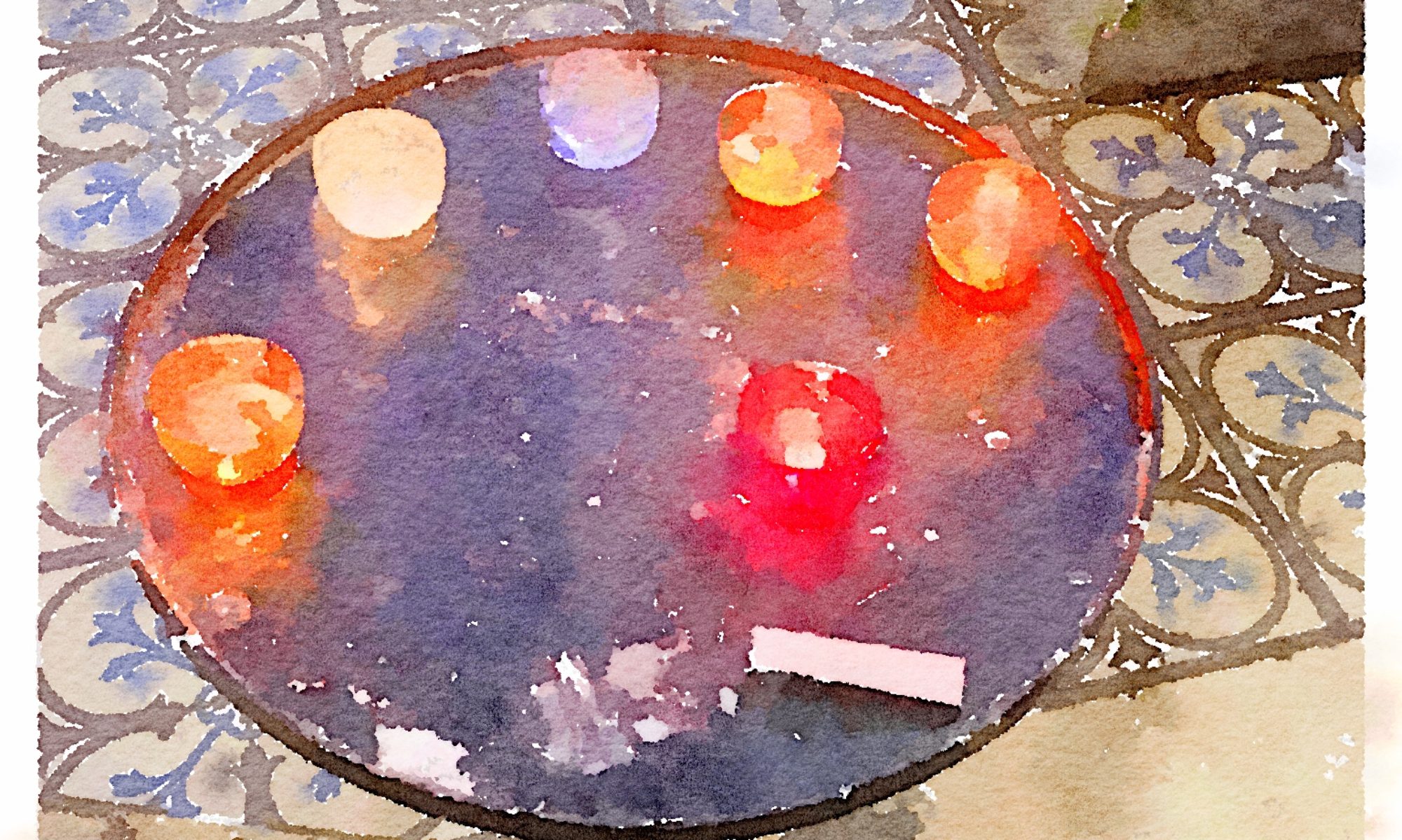@colletterobichau
Profile
Registered: 3 years, 9 months ago
What's Transcoding?
In the context of video – Transcoding refers back to the process of compressing video files as much as attainable at minimal quality loss to signify (and transfer) information by utilizing less data. Essentially, video transcoding online is the conversion of a video file from one format to a better-compressed version to ensure consumers can stream content without buffering and on the highest possible qualities. So, how does transcoding work? And how would possibly it affect your everyday life? Keep reading to seek out out!
Image this state of affairs: You’ve not too long ago returned home to your comfortable couch out of your latest adventure or hobby. For the past few hours, your eyes have been locked on your pc, uploading and editing the HD movies that you simply captured earlier. You’ve lastly completed the editing process in your laptop from your GoPro, high-quality Kodak cam, and/or Apple, Android, Windows, or other gadgets (Bitmovin is OS-agnostic in spite of everything!) and you’re ready to download and share your latest creation. The raw video files that you simply recorded on your gadget are significantly larger than your standard cloud storage, file sharing service, or social media platform can (or will) deal with (pro-tip: check the raw size of a video file saved on the precise machine – chances are high, it’s big!). Most raw HD video files amount to 18 GB of storage for every 60 seconds; primarily based on a median of 1920 x 1080 pixels of a standard RGB 3x16bit uncompressed TIFF file.
To most, clicking export after which "share to social" are the ultimate step to collecting those sweet candy "likes." But that’s not enough for you, you want to understand how and why to move the video content material from one system to another. The first critical step is to hit "export and save", most editing software (like the GoPro Quik for GoPro, Seize NX-D for Nikon, Seize Cam Express for Sony gadgets) will ask you to specify an output folder or Network Access Storage (NAS) location (ex: a hard disk connected to the wifi), a video & audio codec configuration, and a container format, like MP4. Congratulations! You’ve now completed step one and unlocked all the elements required to complete the video transcode.
After you’ve confirmed the export, your pc would possibly heat up – given the dimensions of your newly created content material, it’s not sudden, your computer will require a whole lot of temporary storage (by way of gigabytes) per second of exported video. Depending on your pc’s specs the video transcode might take more or less time based on your RAM – this works inversely, decrease RAM = slower transcodes / higher RAM = faster transcodes. From the consumer perspective – transcoding is as simple because the few clicks it takes to save and export to a new device. In short, transcoding is the process of converting one compressed (nearly) losslessly video to a better-compressed video format. This is how video compression works as it moves from your laptop to a different native device.
So, you’ve exported the video file from your editor and you know you could have some friends or household coming over, and you wish to show off your final product on your brand new high definition SmartTV. The brief answer to this conundrum is to connect your system to the TV with an HDMI cable, however let’s be realistic, do you need to go away your comfortable couch for such an archaic action? Definitely not, we're in 2020 after all! You propose on streaming your video using a few of the smart features on your gadget, but how does that work?
The editing software (like Quick for GoPro) has already created a semi-compressed file in your pc, however chances are high that regardless of the server that your software used (GPU-based mostly with plex or an outright transcoding resolution), the file must be compressed and optimized further for streaming capabilities. This process of compressing a number of instances across transitions is crucial to reducing buffering instances and improving the user experiences as fewer resources (from the back-end) are required to your TV to decode and stream the content.
If you adored this article and you simply would like to get more info about Traffic Camera Transcoding please visit our webpage.
Website: https://www.winkstreaming.com/live_video_streaming/live_transcoding/
Forums
Topics Started: 0
Replies Created: 0
Forum Role: Participant
